Related Research Articles

In Greek mythology, Polyxena was the youngest daughter of King Priam of Troy and his queen, Hecuba. She does not appear in Homer, but in several other classical authors, though the details of her story vary considerably. After the fall of Troy, she dies when sacrificed by the Greeks on the tomb of Achilles, to whom she had been betrothed and in whose death she was complicit in many versions.
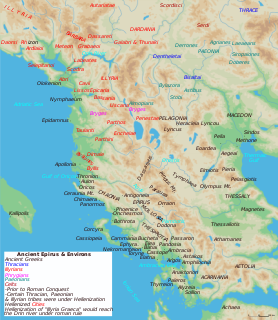
Neoptolemus, also called Pyrrhus, was the son of the warrior Achilles and the princess Deidamia, and brother of Oneiros in Greek mythology, and also the mythical progenitor of the ruling dynasty of the Molossians of ancient Epirus.
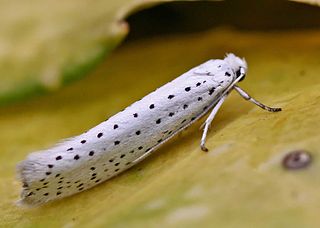
The family Yponomeutidae are known as the ermine moths, with several hundred species, most of them in the tropics. The larvae tend to form communal webs, and some are minor pests in agriculture, forestry, and horticulture. Some of the adults are very attractive. Adult moths are minor pollinators.
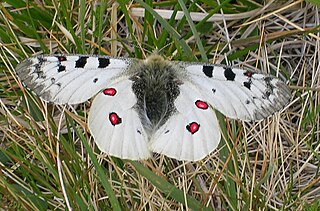
The Parnassiinae or snow Apollos are a subfamily of the swallowtail butterfly family, Papilionidae. The subfamily includes about 50 medium-sized, white or yellow species. The snow Apollos are high-altitude butterflies and are distributed across Asia, Europe and North America.
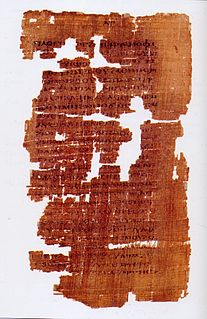
The Acts of Xanthippe, Polyxena, and Rebecca is a work of New Testament apocrypha dating from the third or fourth century.

Polyxena is an asteroid, a minor planet orbiting the Sun.

Hecuba is a tragedy by Euripides written c. 424 BC. It takes place after the Trojan War, but before the Greeks have departed Troy. The central figure is Hecuba, wife of King Priam, formerly Queen of the now-fallen city. It depicts Hecuba's grief over the death of her daughter Polyxena, and the revenge she takes for the murder of her youngest son Polydorus.

Zerynthia is a genus of swallowtail butterflies placed in the subfamily Parnassiinae. The genus has a complex history; a multiplicity of names have been applied to its species.

Zerynthia polyxena, the southern festoon, is a striking butterfly belonging to the butterfly family Papilionidae.

Princess Polyxena of Hesse-Rheinfels-Rotenburg was the second wife of Charles Emmanuel, Prince of Piedmont whom she married in 1724. The mother of the future Victor Amadeus III, she was queen consort of Sardinia from 1730 until her death in 1735.
Acmosara is a genus of moths of the family Yponomeutidae.

Charles August; 17 September 1685, Weilburg – 9 November 1753) was from 1719 to 1753 Prince of Nassau-Weilburg.
King Victor and King Charles was the second play written by Robert Browning for the stage. He completed it in 1839 for William Macready, who had staged Strafford two years before, but Macready rejected it as unsuitable and it was never performed. It was published in 1842 as the second number of Bells and Pomegranates.
Polyxena was a Trojan princess at the time of the Trojan War.
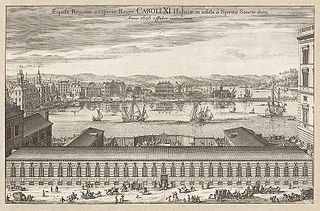
Events from the year 1696 in Sweden
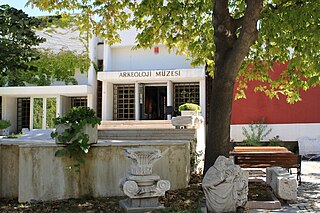
Çanakkale Archaeological Museum was a museum in Çanakkale, Turkey. Its contents have been moved to the 2018-established Troy Museum, close to the excavation site of the ancient Greek city of Troy. The museum site is now home to the Mehmet Akif Ersoy Provincial Public Library.

Troades is a fabula crepidata of c. 1179 lines of verse written by Lucius Annaeus Seneca.
References
| Wikimedia Commons has media related to Acmosara polyxena . |
| Wikispecies has information related to Acmosara polyxena . |
- ↑ "Acmosara polyxena {species}" . Retrieved 5 November 2014.